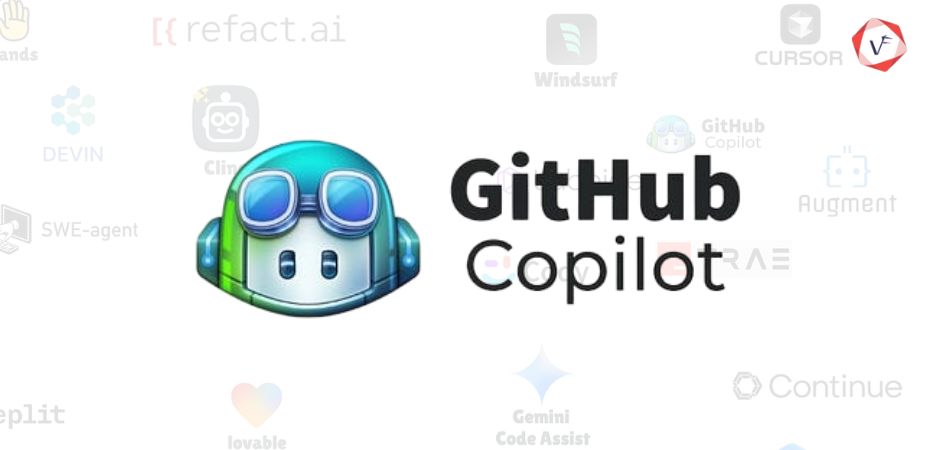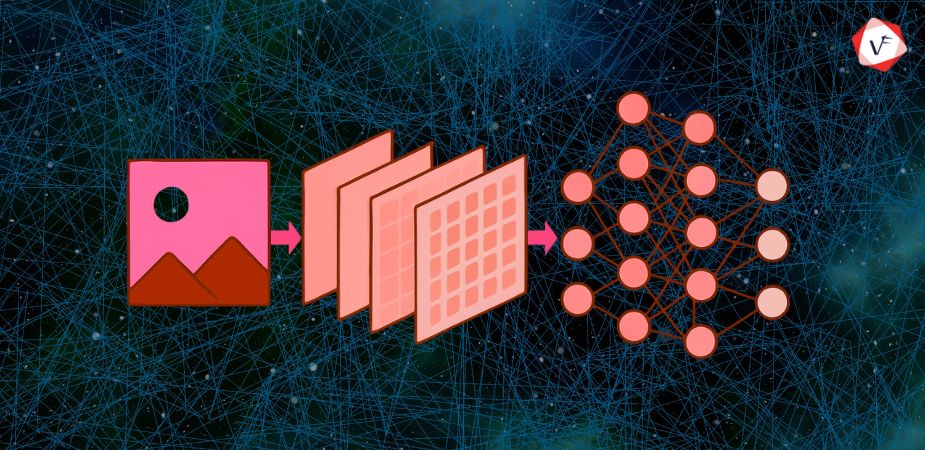- January 21, 2025 6:36 pm
- by Safvana
- January 21, 2025 6:36 pm
- by Aruthra
.png)
One of the most interesting advances in technology today is generative AI. It has the potential to revolutionize various industries by creating new content, solving complex problems, and enhancing creativity. In this blog, we'll explore what generative AI is, how it works, its applications, benefits, challenges, and what the future holds.
Generative AI is a type of artificial intelligence that can create new content. This includes text, images, music, and even videos. Unlike traditional AI, which analyzes and processes existing data, generative AI uses algorithms to generate new data that didn't exist before.
Generative AI relies on machine learning models, particularly a type called generative adversarial networks (GANs) and transformer models.
Generative Adversarial Networks (GANs): GANs are made up of a discriminator and a generator, two neural networks that collaborate. The discriminator compares the newly created data to actual data, whereas the generator produces new data.
Transformer Models: These models, like GPT-4, are used for generating text. They analyze large datasets and learn the patterns in the data. Once trained, they can generate text that mimics human writing.
There are numerous uses for generative AI in a variety of sectors:
Despite its many benefits, generative AI also presents several challenges:
The future of generative AI is bright, with many exciting developments on the horizon:
Improved Models: Researchers are continually working on improving generative AI models to produce higher-quality and more realistic outputs.
Ethical AI: Efforts are being made to address ethical concerns and ensure that generative AI is used responsibly and fairly.
Wider Adoption: As generative AI technology becomes more accessible, more industries will adopt it to enhance their operations and services.
Human-AI Collaboration: The future will likely see more collaboration between humans and AI, with AI serving as a tool to augment human creativity and productivity.
New Applications: As generative AI continues to evolve, new and innovative applications will emerge, further transforming industries and society.
If you're interested in exploring generative AI, here are some steps to get started:
Learn the Basics: Start by learning the fundamentals of AI and machine learning. There are many online courses and resources available to help you get started.
Experiment with Tools: There are several generative AI tools and platforms available, such as OpenAI's GPT-3 and GPT-4, Google's DeepDream, and various GANs libraries. Experiment with these tools to understand how they work and what they can do.
Join Communities: Join online communities and forums related to generative AI to connect with other enthusiasts, share ideas, and learn from others.
Stay Updated: Keep up with the latest developments in generative AI by following research papers, blogs, and news articles.
Apply Your Knowledge: Start applying generative AI to real-world projects. Whether it's creating art, writing content, or developing new applications, hands-on experience is the best way to learn.
Generative AI is a powerful and transformative technology with the potential to revolutionize various industries. It offers numerous benefits, including increased creativity, efficiency, and cost savings. However, it also presents challenges, such as quality control, ethical concerns, and technical limitations. By understanding how generative AI works and how to leverage its potential, you can harness its power to drive innovation and growth in your business or personal projects.
As generative AI continues to evolve, it will open up new possibilities and opportunities for creative expression, problem-solving, and technological advancement. Embrace the future of generative AI and discover the endless possibilities it holds.
Guaranteed Response within One Business Day!

Custom Software Development: When to Build vs Buy
Code Review Best Practices That Actually Work in 2025

GitHub Copilot vs Other AI Coding Assistants

Sustainable Software Development Practices

What is a Convolutional Neural Network (CNN)?